-
 2025-12-19 21:39
2025-12-19 21:39
By Soheila Zarfam
The US playbook: deception before war, bullying after
Pezeshkian says he won’t accept 'degrading' pre-conditions after his previous attempt at diplomacy was cut short by American bombs
TEHRAN – A deep mistrust of American politicians has been a prevalent sentiment among Iranians for decades, dating back to the 1953 U.S.-led coup against the democratically elected government of Mohammad Mosaddegh.
-

By staff writer
Proxy theater in the Persian Gulf: Israel scripts, UAE performs
TEHRAN – Israel’s war on Gaza has been marked by mass civilian deaths, starvation tactics, and the destruction of homes, hospitals, and refugee camps. At a time when international courts and human rights groups are demanding accountability, the United Arab Emirates has not stepped back. It has stepped in.
-
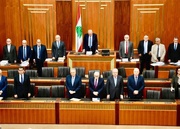
By Sondoss Al Asaad
Lebanese parliament pushes back, breaks boycott
BEIRUT—On Thursday, Lebanon’s parliament sent a decisive signal: political blackmail no longer guarantees paralysis.
-

By Wesam Bahrani
Sydney attack: Israel’s balance of gains and losses
TEHRAN – Israeli media’s interpretation of the terrorist attack in Sydney is marked by contradiction and confusion.
-

By Xavier Villar
Why terrorists in Iran’s borderlands are rebranding
Separatists now disguising as national opposition forces to survive after years of no traction
MADRID – The statement issued on December 10 by the spokesperson of the so-called Jaish al-Adl, a terrorist group responsible for the murder of dozens of Iranian security personnel and citizens in recent years, announcing the formation of the so-called “Popular Fighters’ Front,” was received in Iran’s security circles not with surprise, but as confirmation of a predictable tactic outlined in an increasingly well-known manual of regional destabilization.
-
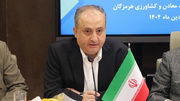
By Mahnaz Abdi
Beyond the Strait: Hormozgan charts course from transit hub to economic powerhouse
TEHRAN- Strategically positioned at the mouth of the Strait of Hormuz—the world's most critical energy chokepoint—Iran's Hormozgan province serves as the nation's indispensable commercial gateway. Home to major ports like Shahid Rajaei, the country's largest container port, it is the primary hub for Iran's import, export, and transit trade, connecting global markets from the Persian Gulf to Africa and India.
Politics
-
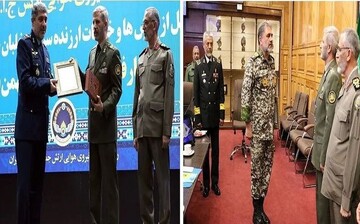
Two new senior Iranian commanders appointed
TEHRAN – Iran has made new changes to its military leadership, six months after it fought a war against Israel and the United States.
-
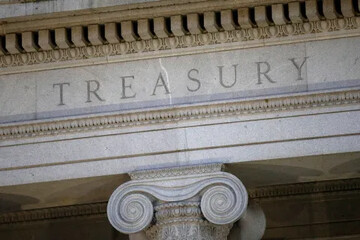
Washington still stalled on sanctions as it targets 29 vessels in attempt to stop Iran's oil sales
TEHRAN – Leaders in the United States are continuing their efforts to prevent Iran from selling oil, even as Iran appears to have mastered the art of avoiding sanctions and its main customers refuse to stop purchasing Iranian energy.
-
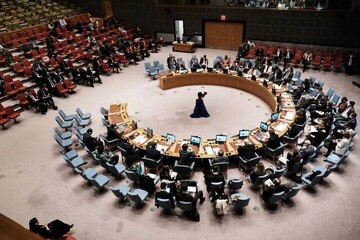
Iran warns against resurgence of terrorism in Syria
TEHRAN – Iran’s Ambassador and Permanent Representative to the United Nations Amir-Saeed Iravani says the re-emergence of terrorism and an increase in the operational capability of the Daesh terror group in Syria would pose a threat to the Arab country as well as the entire region.
Sports
-

Esteghlal club celebrate 80th anniversary
TEHRAN – Esteghlal football club marked the 80th anniversary of their establishment on Friday night in a ceremony held close to Yalda Night (the longest and darkest night of the year), attended by current members, former players, and club officials.
-

Joyless football in Iran
TEHRAN – Tractor defeated Persepolis in the Round of 32 of the 2025/26 Iran Hazfi Cup, but the night raised a deeper question: when insults replace excitement, what remains of the game we love?
-

Tractor beat Persepolis in 2025/26 Hazfi Cup Round of 32
TEHRAN – Tractor football team defeated Persepolis 8-7 on penalty shootout in 2025/26 Iran’s Hazfi Cup Round of 32 on Thursday.
Culture
-
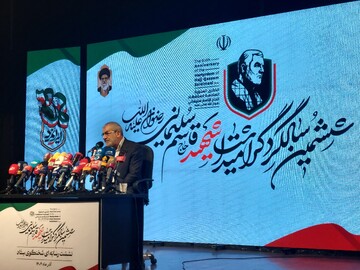
6th anniversary of General Haj Qassem Soleimani’s martyrdom to be held in 12 countries
-

“The Hungry Tide” at Iranian bookstores
TEHRAN- A Persian translation of Indian writer Amitav Ghosh’s novel “The Hungry Tide” has recently been published by Amut Publications in Tehran.
-

“Black Rabbit, White Rabbit” honored at Kerala film festival
TEHRAN- Iranian director Shahram Mokri’s latest film “Black Rabbit, White Rabbit” was honored at the closing ceremony of the 30th edition of the International Film Festival of Kerala (IFFK), in Thiruvananthapuram, the capital city of Kerala, India on Friday.
Economy
-
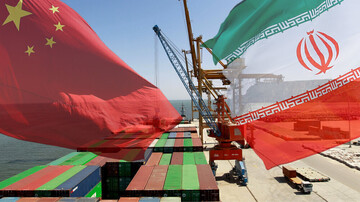
Iran-China non-oil trade exceeds $20b in 8 months
TEHRAN - The value of non-oil trade between Iran and China stood at $20.15 billion during the first eight months of the current Iranian calendar year (March 21-November 21), the Islamic Republic of Iran Customs Administration (IRICA) reported.
-
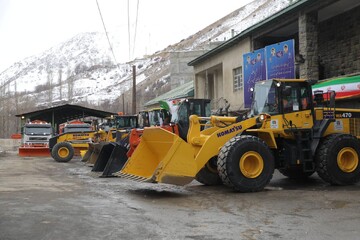
Transport Ministry unveils upgraded road maintenance fleet as renewal accelerates
TEHRAN – Iranian Transport and Urban Development Ministry has unveiled part of a renewed national road maintenance fleet at a ceremony attended by the transport minister, highlighting efforts to modernize equipment and strengthen the country’s capacity to respond to road emergencies.
-
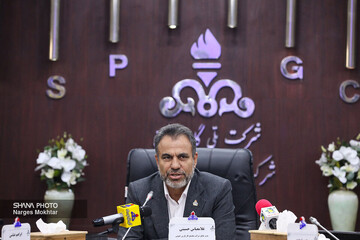
South Pars gas refineries maintain uninterrupted output amid cold snap
TEHRAN – Iran’s South Pars gas processing plants are operating at full readiness and maintaining stable, uninterrupted production despite rising demand as colder weather sets in, the head of the South Pars Gas Complex said.
Society
-

10 countries award scholarships to Iranian students
TEHRAN – Ten countries, namely Hungary, China, Japan, Malaysia, Iraq, Brazil, Serbia, Brunei, Bangladesh, and Russia, offer scholarships to Iranian university students.
-
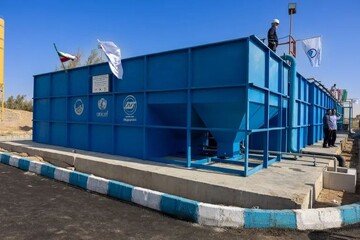
S. Korea, UNICEF join hands to boost resilience in Sistan-Baluchestan province
TEHRAN – Funded by the Republic of Korea, the United Nations Children’s Fund (UNICEF), in cooperation with the Government of Iran, has constructed a Sewage Treatment Plant (STP) in Kohak, Sistan-Baluchestan province, to foster resilience in the region.
-
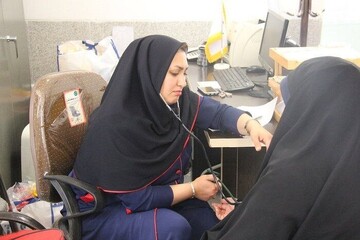
Health screening underway for women heads of households
TEHRAN – The health ministry, in collaboration with the Welfare Organization, is conducting health screening tests for women heads of households nationwide.
Tourism
-
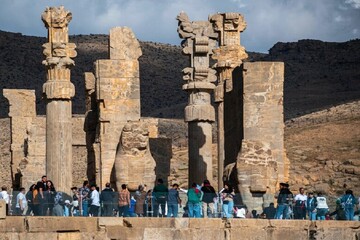
Persepolis to host Yalda Night ceremony
TEHRAN - The UNESCO-registered Persepolis will host a ceremony of Yalda Night on Sunday to mark the winter solstice and celebrate one of the country’s oldest cultural traditions, site officials said.
-

Tehran to host Yalda festival across 22 districts
TEHRAN - Tehran will hold Yalda festival events across its 22 municipal districts through Sunday, Dec. 21, the head of the Tehran Municipality Tourism Headquarters said.
-

Central Asian writers, poets and physicians visit historical sites in Hamedan
TEHRAN - A delegation of 23 poets, writers and medical professionals from Tajikistan and Uzbekistan visited historical sites and medical facilities in Iran’s western province of Hamedan as part of a cultural and scientific exchange program.
International
-

Proxy theater in the Persian Gulf: Israel scripts, UAE performs
TEHRAN – Israel’s war on Gaza has been marked by mass civilian deaths, starvation tactics, and the destruction of homes, hospitals, and refugee camps. At a time when international courts and human rights groups are demanding accountability, the United Arab Emirates has not stepped back. It has stepped in.
-

Lebanese parliament pushes back, breaks boycott
BEIRUT—On Thursday, Lebanon’s parliament sent a decisive signal: political blackmail no longer guarantees paralysis.
-

Sydney attack: Israel’s balance of gains and losses
TEHRAN – Israeli media’s interpretation of the terrorist attack in Sydney is marked by contradiction and confusion.
Video Comment
-

Ayatollah Khamenei’s vision of freedom and humanity discussed in intl. conference
-

Iran hosts SCO joint anti-terror drills
-

Holy Mary Metro Station marks interfaith unity in Tehran
-

Academics analyze social dimensions of Resistance in Tehran conference
-

Culture minister highlights year of progress in arts, global image enhancement
Most Viewed
-
Proxy theater in the Persian Gulf: Israel scripts, UAE performs
-
The US playbook: deception before war, bullying after
-
Tractor beat Persepolis in 2025/26 Hazfi Cup Round of 32
-
Why terrorists in Iran’s borderlands are rebranding
-
Two new senior Iranian commanders appointed
-
Beyond the Strait: Hormozgan charts course from transit hub to economic powerhouse
-
Sydney attack: Israel’s balance of gains and losses
-
Lebanese parliament pushes back, breaks boycott
-
Over 1.7 million Afghans deported from Iran in first nine months of 2025: UNHCR
-
Tourism minister says Yalda can serve as platform for regional dialogue
-
Tehran, Minsk explore co-op opportunities in oil, petchem sectors
-
Iran warns against resurgence of terrorism in Syria
-
Afghanistan seeks to bolster health co-op with Iran
-
Joyless football in Iran
-
Golestan at a glance: forests, ancient monuments and Caspian landscapes







